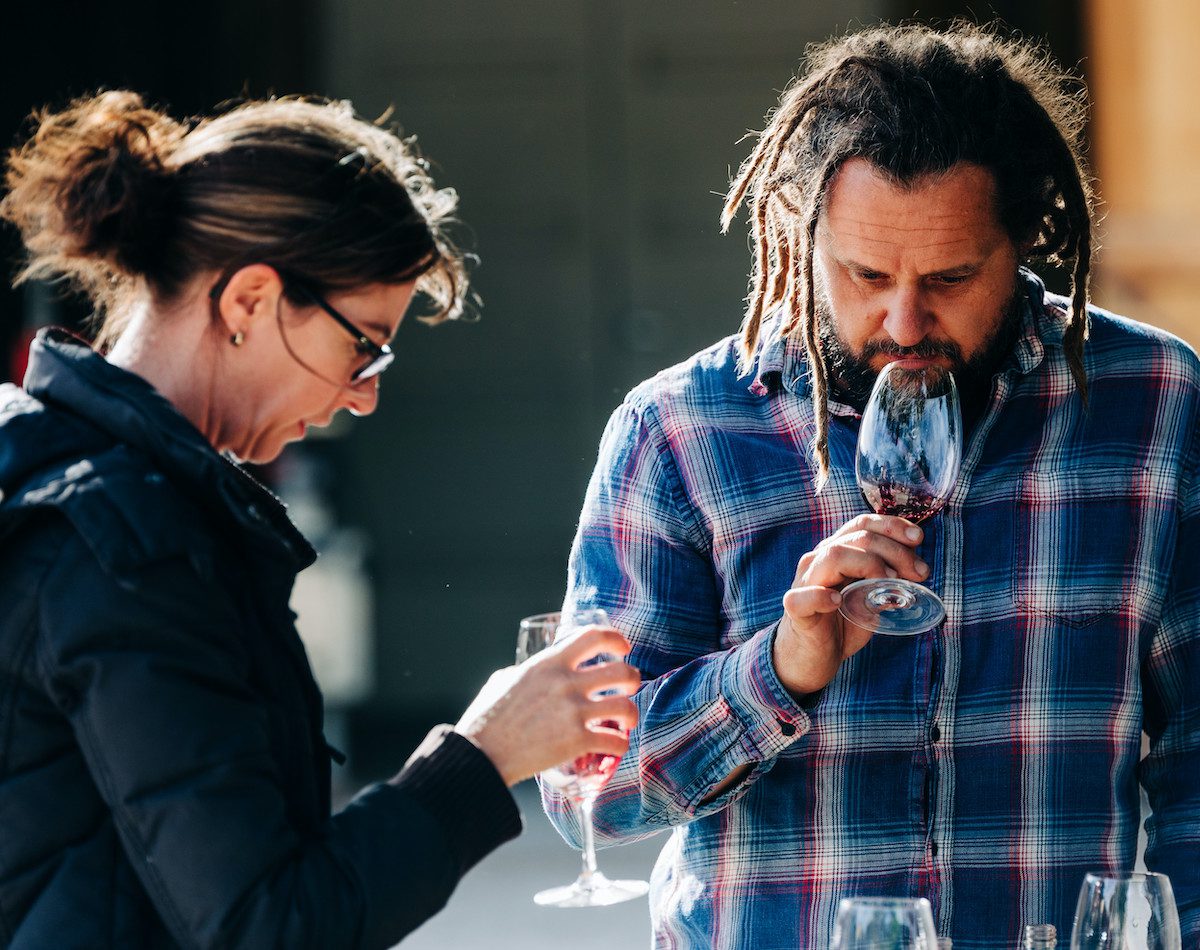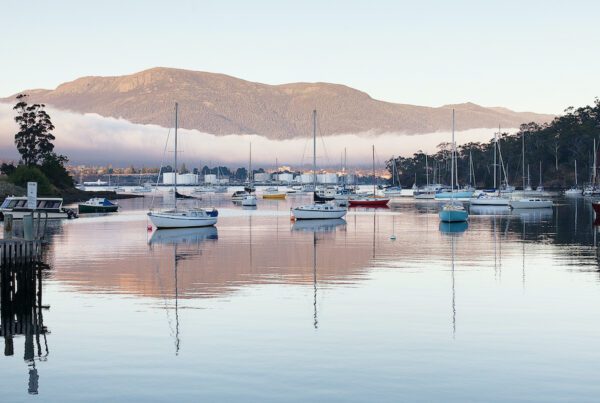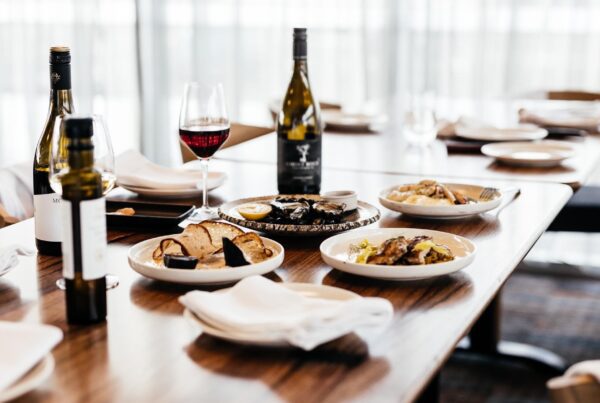
The average price of winegrapes from the 2021 vintage in Tasmana hit a record $3,146 per tonne.
This compares with the national average of $701 per tonne.
Tasmania’s vintage enjoyed the much sought-after combination of good yields and exceptional quality.
The island returned to average yields following a low-cropping 2020 vintage, with an increase of 18 percent to about 1.05 million dozen bottles of wine (14,478 tonnes).
Statewide reports revealed consistent themes of generous rain in winter and spring, cool temperatures and steady ripening, ensuring the resultant wines will show intense yet elegant flavours and a vibrant structure.
Some contrasting feedback was received from wine producers across the state, highlighting the significant diversity of the island’s microclimates.
The anticipated higher rainfall in a La Niña year ended up being lower than expected, with minimal impacts on winegrapes, and an overall cooler than average season meant slower ripening and a prolonged harvest.
“With a welcome return to average yields in 2021, these wines are set to excite Tassie wine lovers when they are released,” Wine Tasmania CEO Sheralee Davies says.
“With variable seasonal conditions around the island yet again this year, wine producers dug deep to bring in some amazing fruit.”
Across grape varieties, Pinot Noir and Chardonnay for both sparkling and table wines were a standout, along with aromatic white wines such as Riesling, Pinot Gris and Sauvignon Blanc which reached ripeness with great intensity of flavour and mouth-watering structure.
Producers also harvested a variety of red grapes including Syrah/Shiraz, Cabernet Sauvignon and Merlot along with popular alternative reds such as Gamay and Pinot Meunier.
“We’re hearing great stories of Tasmanian wine lovers seeking out their favourite producers, buying directly from them and spending more than usual on wine and at cellar doors to demonstrate their strong support,” Ms Davies says.
“As with other agricultural sectors, there were some challenges with accessing seasonal labour, and some wine producers reallocated staff from other parts of their businesses to help bring in the harvest.”
Throughout the season, more than half of Tasmania’s vineyard area was managed under Tasmania’s VinØ (vin zero) program, a best practice viticulture and winemaking framework led by Wine Tasmania. Further details at www.winetasmania.com.au/vinzero-looking-after-the-land.
The full 2021 Tasmanian wine grape vintage report and video interviews with wine producers can be accessed at www.winetasmania.com.au/vintage2021.









Recent Comments